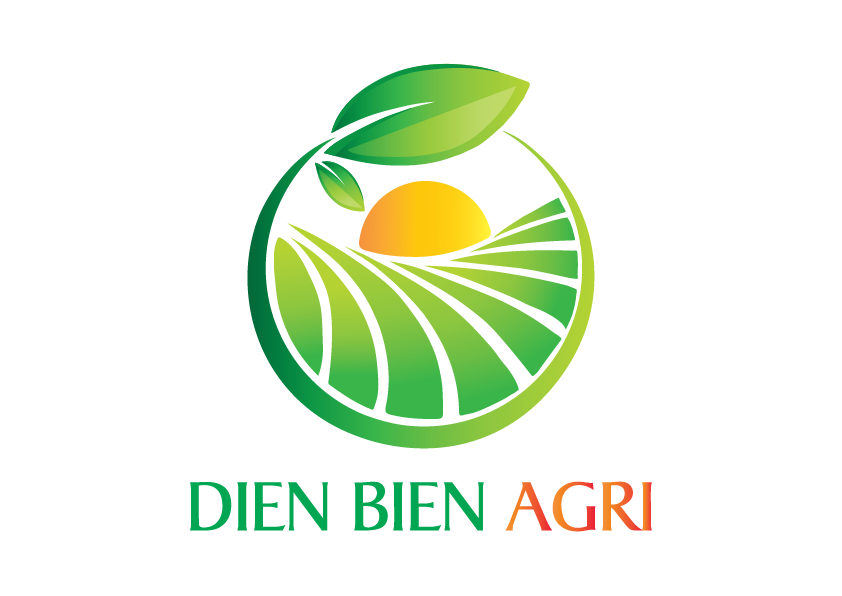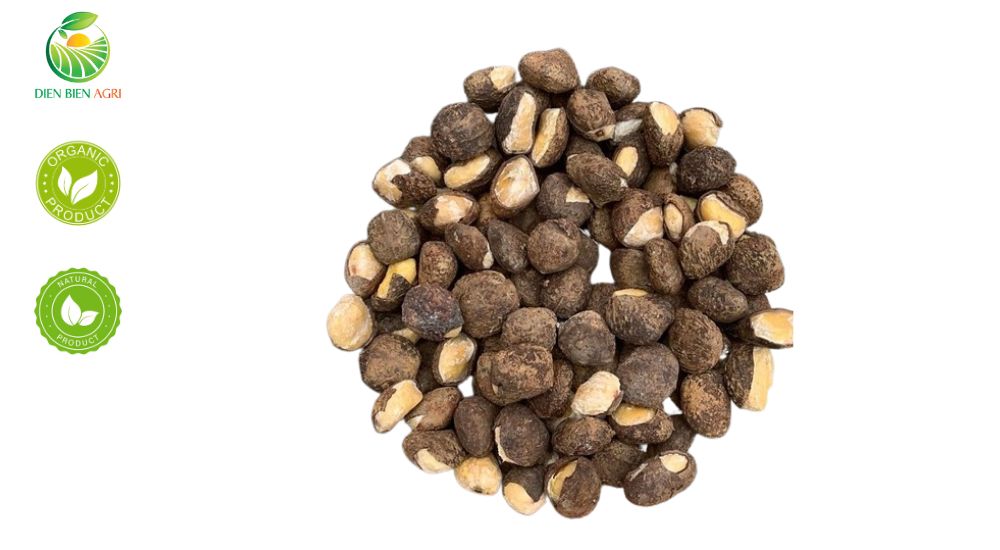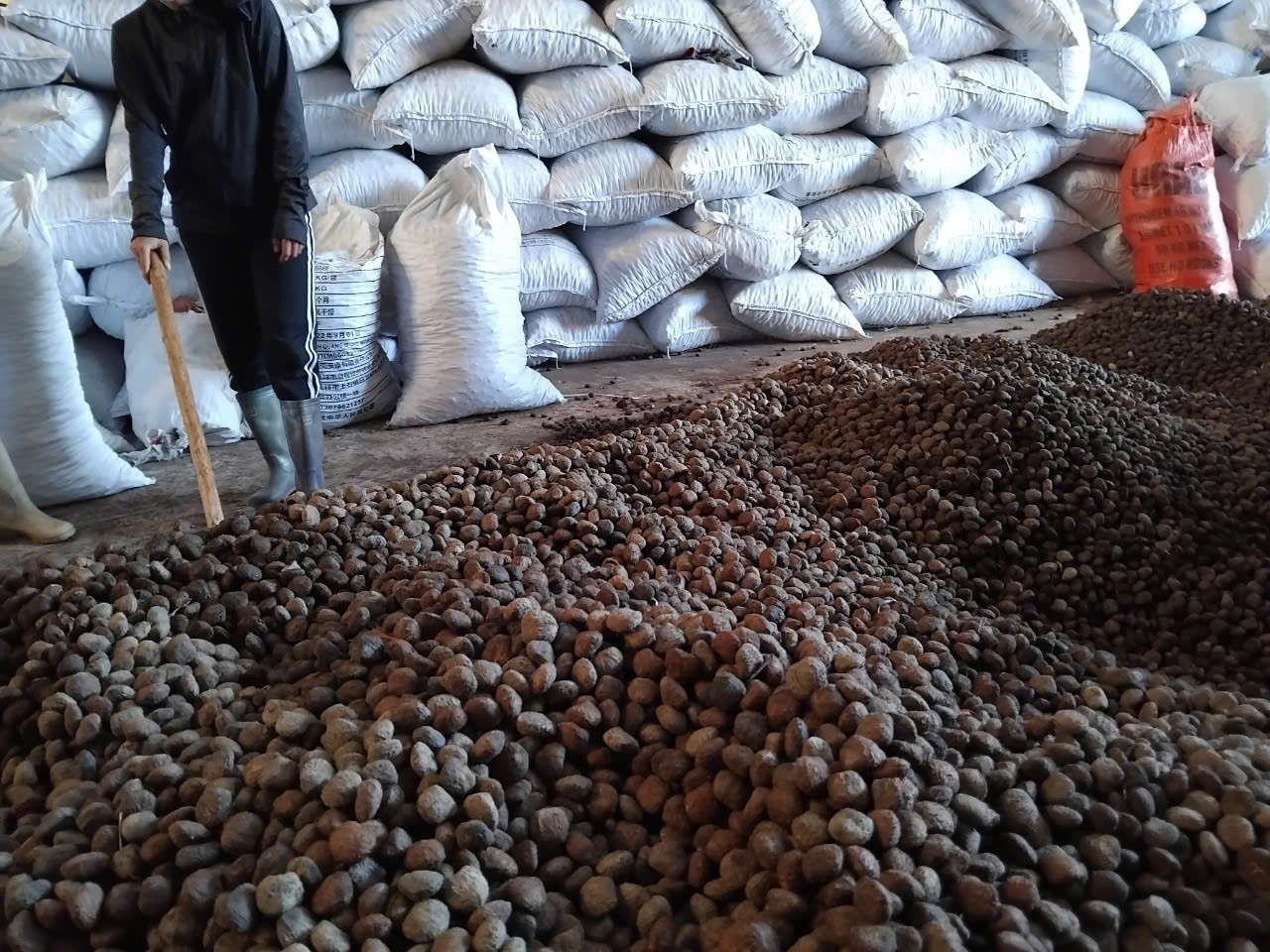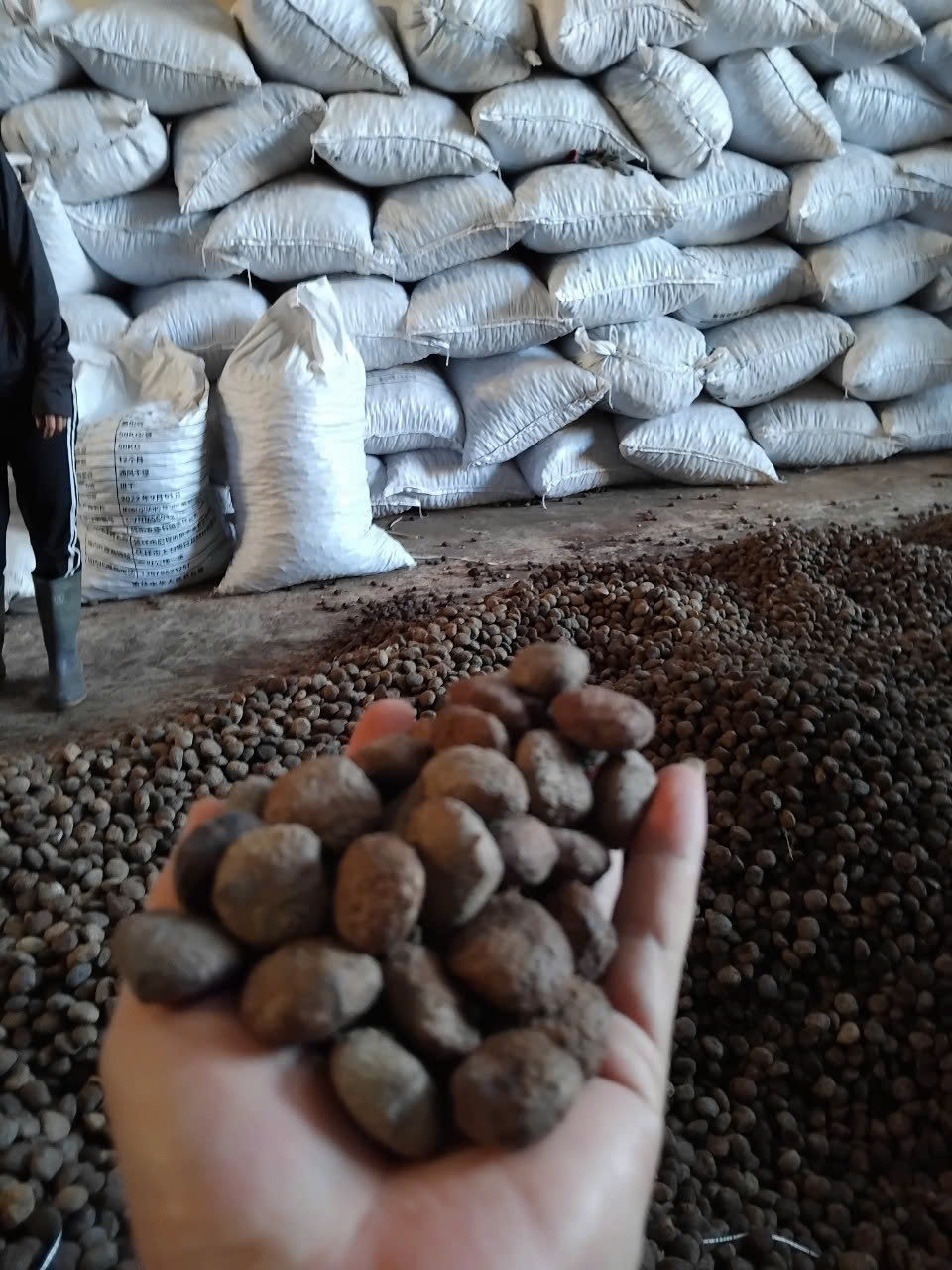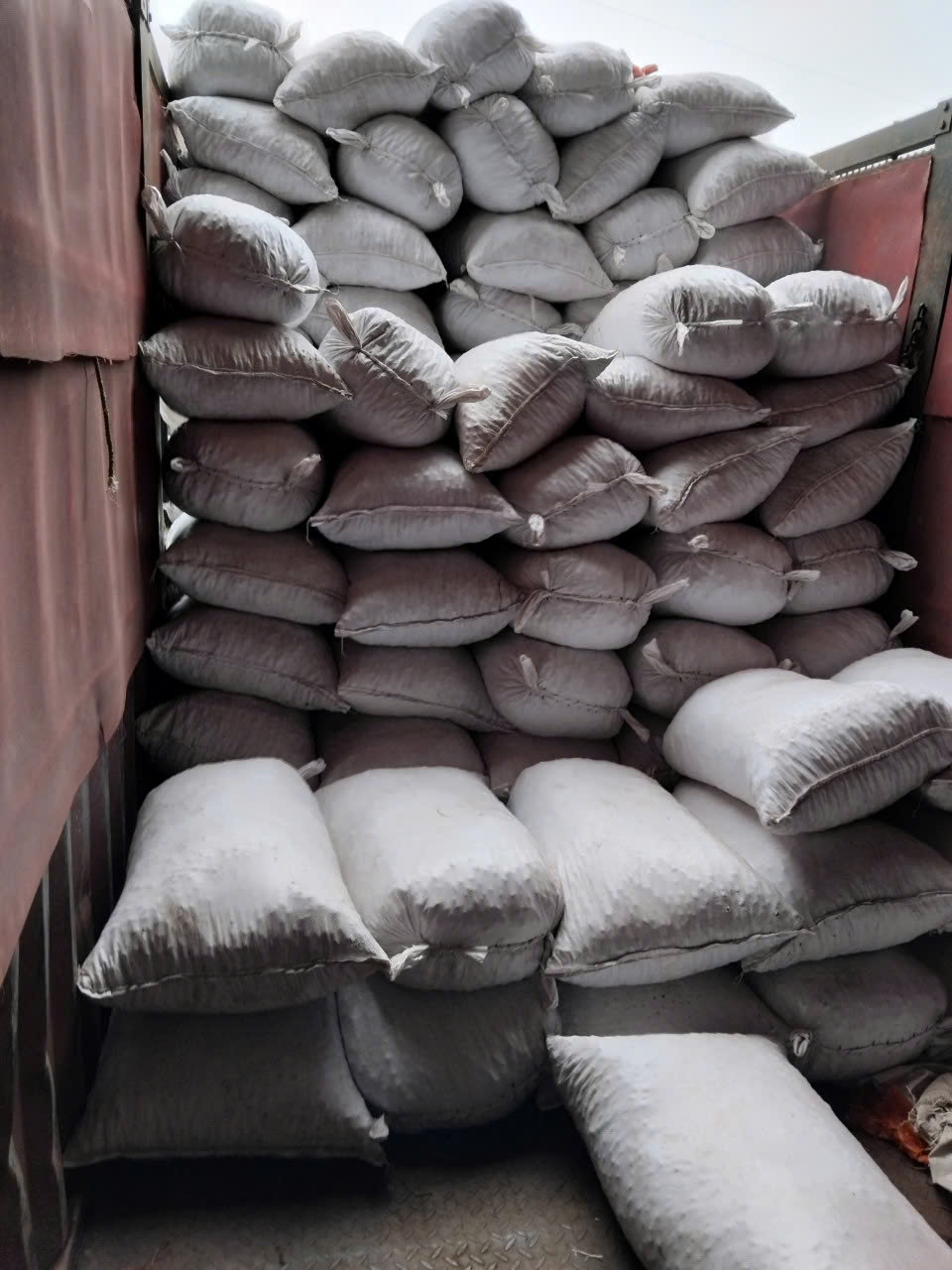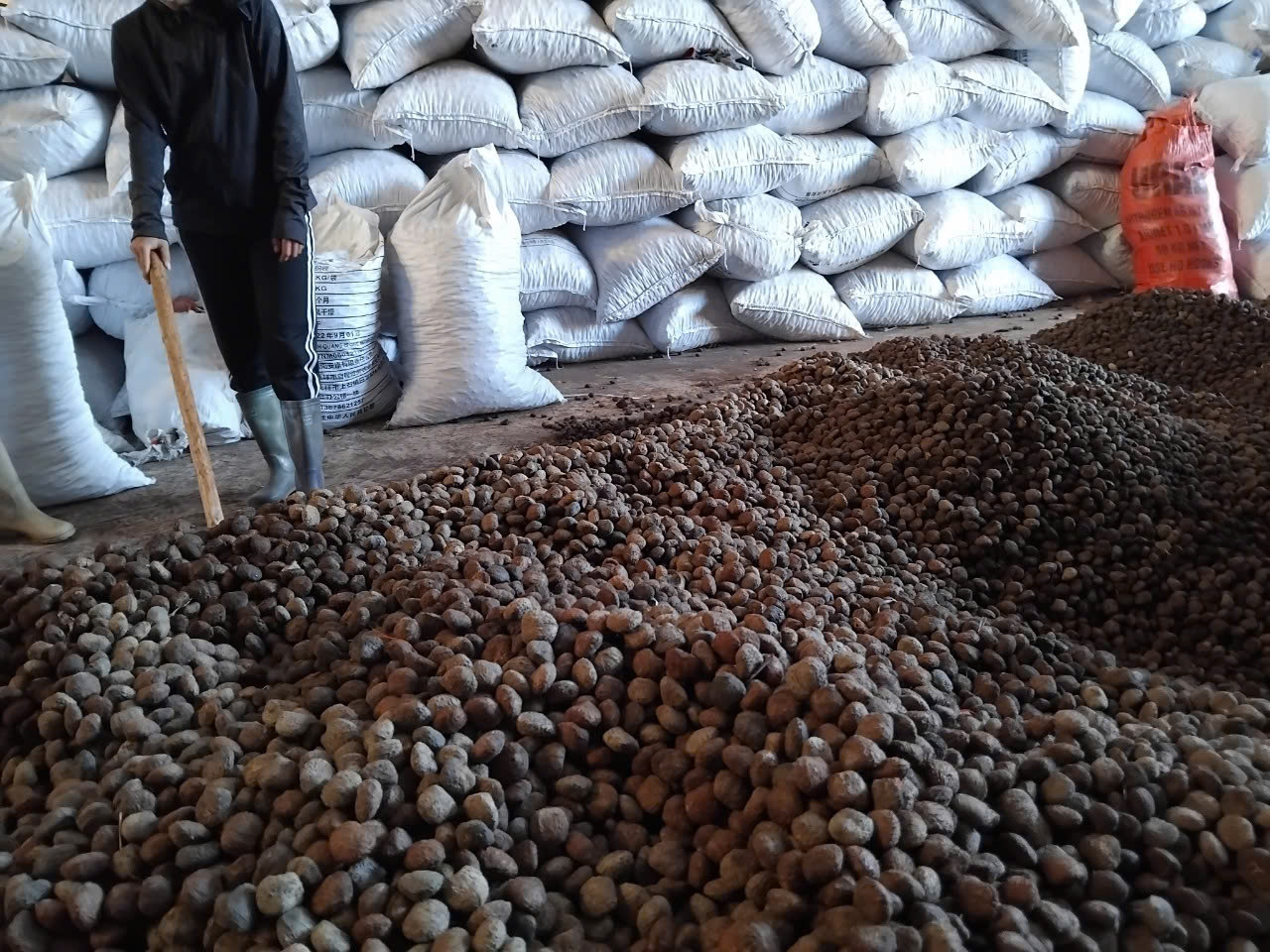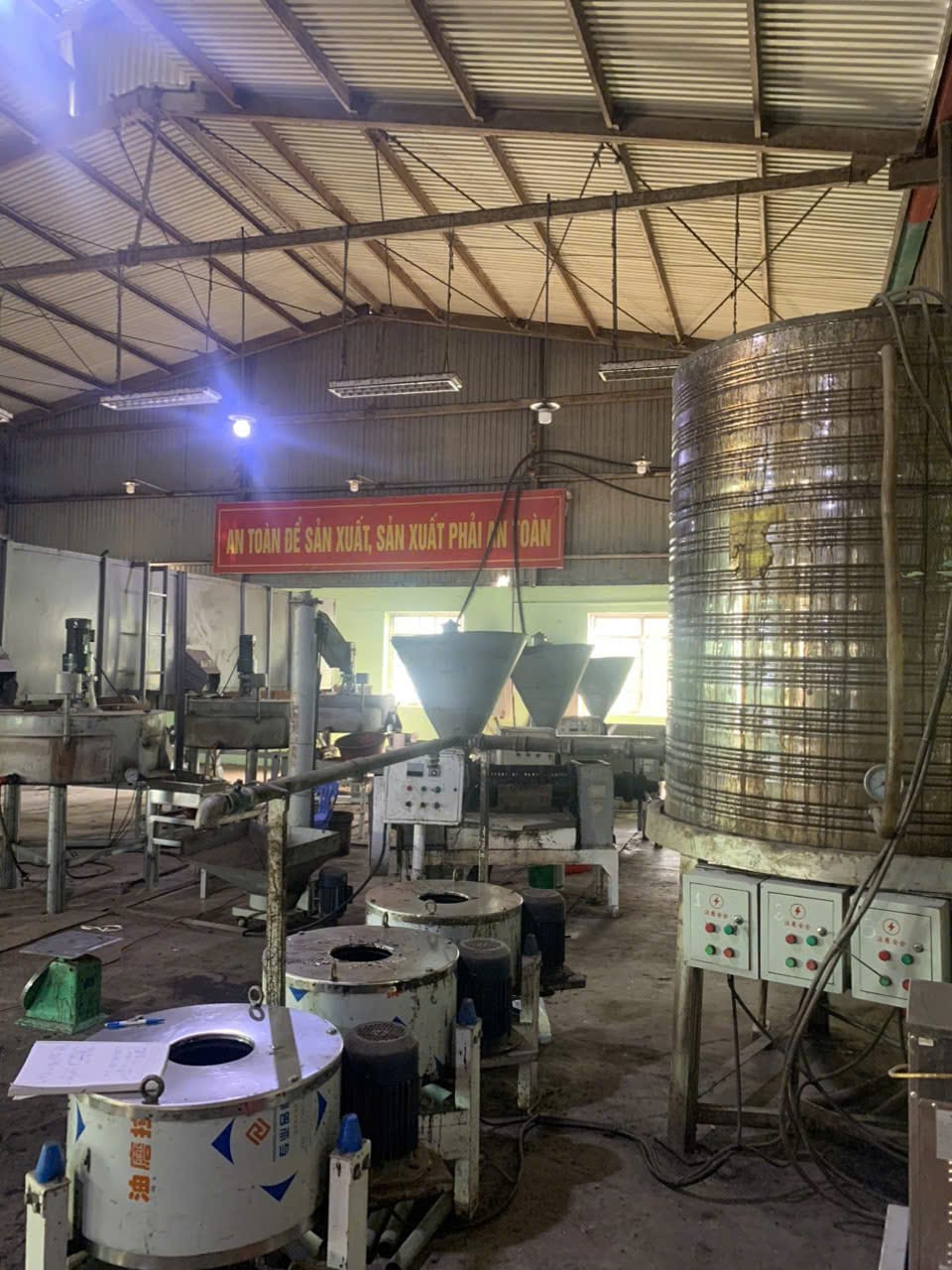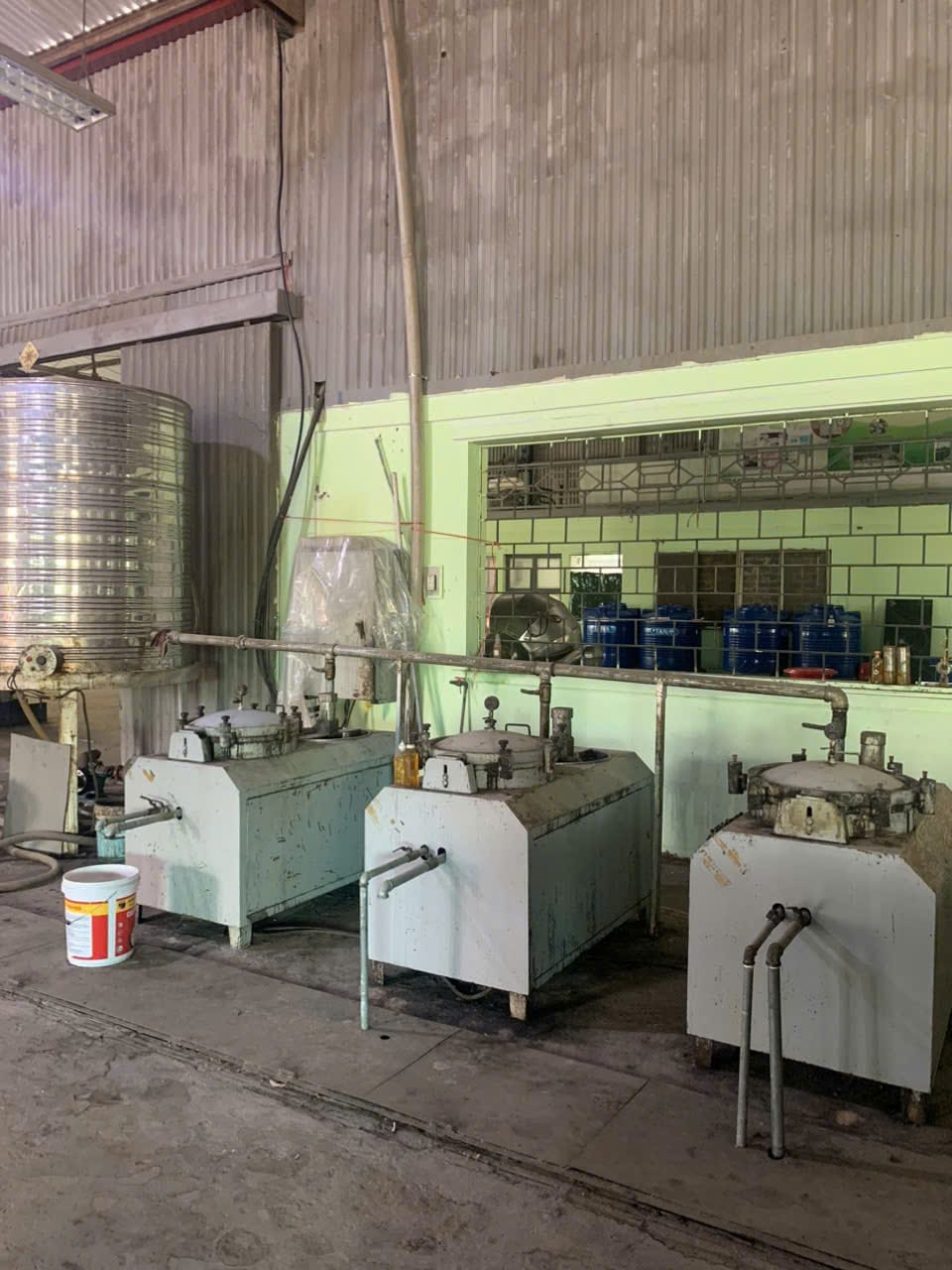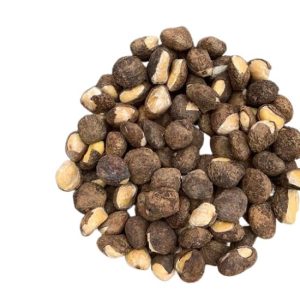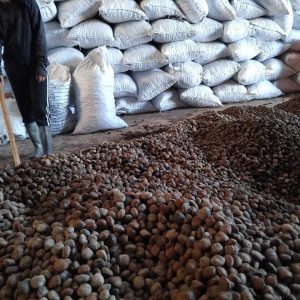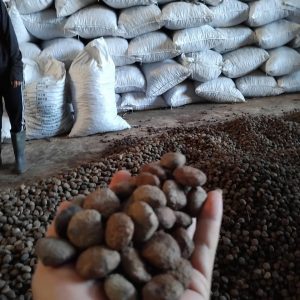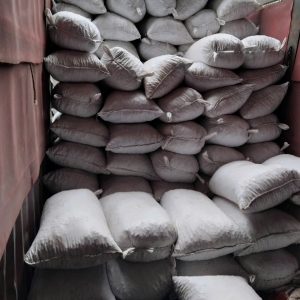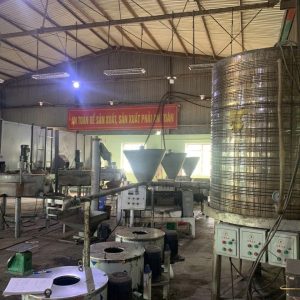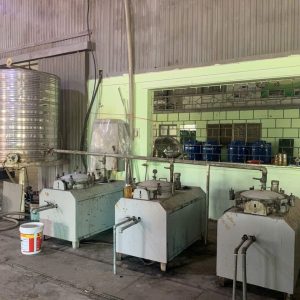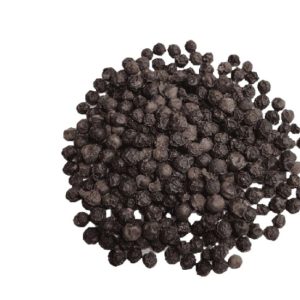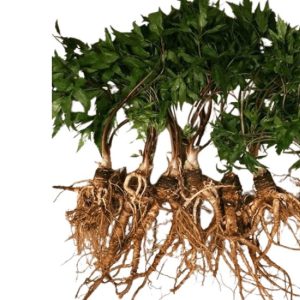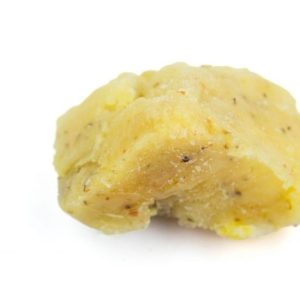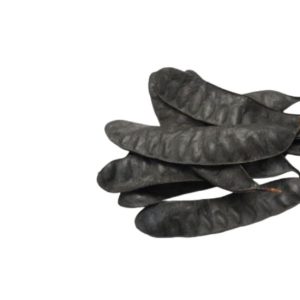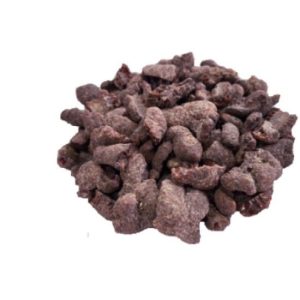Tung Seed
2 ₫
The Tung seed is the seed of the tung tree (Vernicia fordii), a woody plant belonging to the spurge family (Euphorbiaceae). Tung seeds are irregularly shaped, often flattened, and dark brown or black when dry. The seeds measure about 2-3 cm. Inside, they contain a large amount of fatty oil.
Product Descriptions
Scientific Name: Aleurites montana
Origin: Vietnam
Storage: Dry place
Quality Standard: Dry, free from impurities
Packaging: PP bags, weighing 40 – 60kg
Supply Capacity: 1500 tons/year
For international customers, WhatsApp us at: +84.973.447.926.
Natural characteristics
Tung seed is the seed of the fruit produced by the tung tree. Tung tree, also known as Thiên niên đồng, Trẩu núi, or Dầu sơn, has the scientific name Vernicia montana Lour. and belongs to the spurge family (Euphorbiaceae).
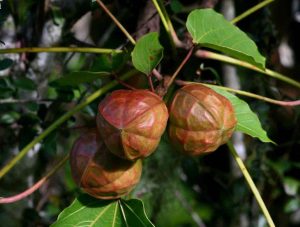
About tree
Tung is a large tree, growing up to 8 meters tall. Its leaves vary in shape but typically have two distinct red glands at the base. Flowers are unisexual, usually bloom in April (and again in September), with fruits ripening around October. The fruit is ovoid, green, 3–5 cm in diameter, with a wrinkled surface and composed of 3 segments, each with a prominent ridge. Inside are 3 seeds with large, lobed cotyledons rich in oil. The flowering season is in April, usually before the young leaves emerge, and there is often a second bloom in September. The fruits from the first bloom typically ripen around October.
Tung grows wild and is widely cultivated in the hilly regions of northern and central Vietnam, especially in provinces like Hòa Bình, Phú Thọ, Hà Giang, Nghệ An, and Quảng Trị. It prefers cool, well-drained, sloping soils.
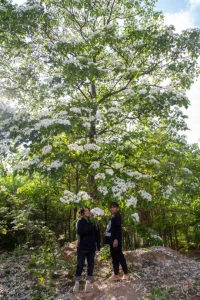
About seed
Tung seed contain about 20% oil, so they are often pressed to extract oil. Tung oil primarily contains α-eleostearic acid (70–80%), an unsaturated fatty acid with three double bonds that oxidizes easily, making the oil quick-drying. When dried, it forms a film that is moisture-resistant, highly weather-resistant, and elastic, making it effective as a rust-proof coating.
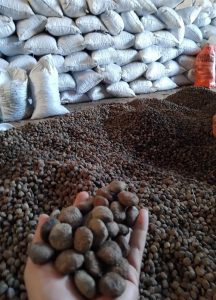
Substances
After oil extraction, Tung seed still contains up to 50% crude protein, 7.5% ash, 3% cellulose, and various compounds including saponin. However, due to the presence of toxic saponorit in both leaves and seeds, it cannot be used as livestock feed without detoxification.
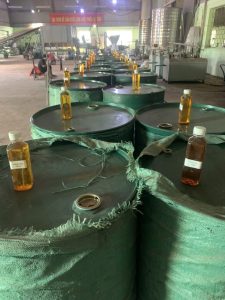
Applications
Tung oil possesses unique properties not found in many other oils—high heat resistance, water resistance, and salt resistance. These qualities make it a valuable raw material for producing heat-insulating paints, decorative coatings, acid-resistant paints, and specialized coatings used in harsh environments, including defense applications. Because of these exceptional properties, Tung oil is considered highly valuable.
In industry, Tung oil is used in high-grade paints (for cars, airplanes, ships), insulating and heat-resistant coatings, plastics, synthetic rubber, soap, artificial leather, oilcloth, art paint, and printing ink.
The residual cake can be used as fertilizer or animal feed after detoxification.
Fruit shells can be processed into activated charcoal.
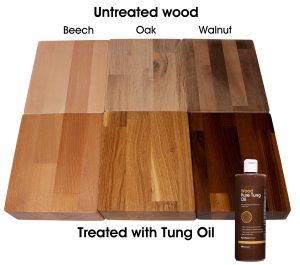
Oil percent
Tung seeds contain 14–20% fast-drying oil (abrasin oil), similar to tung oil from Vernicia fordii, and are often processed together. Traditionally used in paint, ink, waterproofing, ship caulking, and as lamp oil, it was also used as an insulator for electric wires. Today, its primary uses are in high-grade paints, inks, soaps, linoleum, and furniture polish (in refined form).
Due to health and environmental regulations, tung oil is increasingly used to coat food, beverage, and pharmaceutical containers.
Its main component, α-eleostearic acid (75–80%), is highly reactive due to three conjugated double bonds. Under light or catalysts (e.g., sulfur, iodine), it converts to β-eleostearic acid, which polymerizes into a solid, making it ideal for durable coatings. Other fatty acids include oleic (15%), palmitic (4%), and stearic (1%).
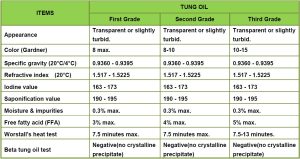
Process
Traditionally, green fruits were heaped and covered until the pulp rotted, allowing easy seed removal. Seeds were then crushed, lightly roasted, steamed, and pressed to extract oil. Modern methods involve mechanical hulling, drying, shelling, and cold pressing. Further pressing or solvent extraction improves yield but lowers oil quality.
The leftover press cake is a rich fertilizer, though toxic to animals.
The wood is soft, white, and perishable, suitable only for basic construction, plywood cores, paper pulp, or fuel.
Quality and supply
At Dien Bien Agri, we commit our Tung seed undergoes stringent quality control to meet international standards. We work closely with our suppliers to ensure sustainable harvesting and ethical production. Contact us for more information.
- Read more about Tung seed
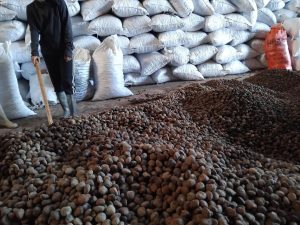
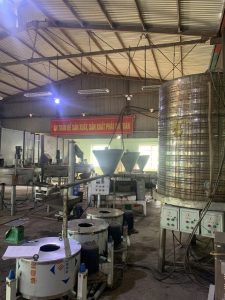
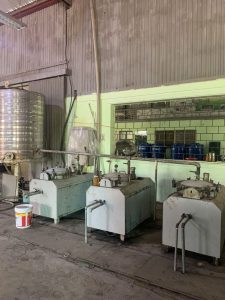
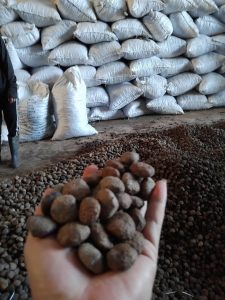
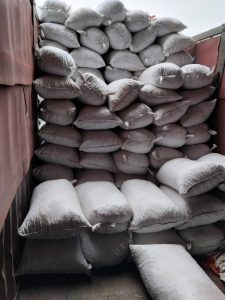

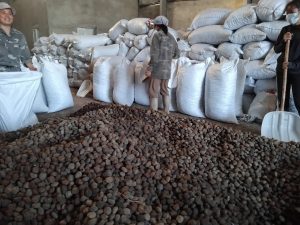
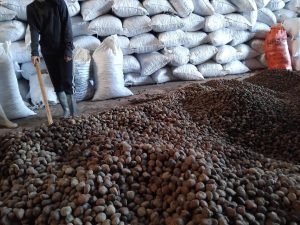
Related products
DIEN BIEN FOREST PRODUCTS
DIEN BIEN FOREST PRODUCTS
DIEN BIEN FOREST PRODUCTS
DIEN BIEN FOREST PRODUCTS
DIEN BIEN FOREST PRODUCTS
DIEN BIEN FOREST PRODUCTS
DIEN BIEN FOREST PRODUCTS
ESSENTIAL OILS
